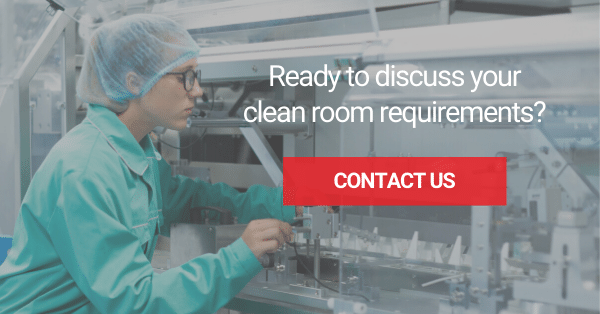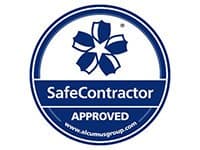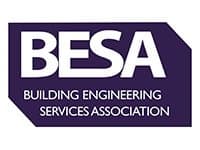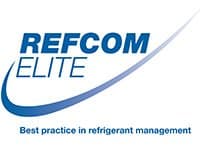When undergoing industrial production or conducting research projects, you may require the use of a specialised environment with set conditions such as a controlled environment or cleanroom. Certain processes can only be undertaken in an area with no risk of contamination, which is where cleanrooms and controlled environments come in. These purify the air and surrounding space by removing particles from the air and maintaining certain ambient ranges. But do you need a controlled environment or a cleanroom? Are they the same?
It’s important to have a clear understanding of both of these options when preparing your facility. To determine your best option, you’ll need to know the differences and features of both cleanrooms and controlled environments. Whilst the two options share many similarities, the cleanroom is the stronger and more predictable option. This is since it must follow exact regulations and standards to maintain a set condition.
What’s the difference between a controlled environment and a Cleanroom?
It’s the regulations of a cleanroom that sets it apart from a controlled environment. The room must be carefully and precisely maintained, with measures set on its atmospheric conditions such as air temperature and pressure, humidity levels, and particulates. The levels of decontamination are far higher in a cleanroom, making it a good option for production of certain medical treatments and microsystems.
Controlled environments will also take these factors into consideration but to a lesser extent, as the exact values are not actively regulated. Both are similar options when seeking an unchanging and moderated environment but, depending on your needs, a controlled environment may be too unpredictable. The biggest difference between the two is that close controlled environments tend to have more precise temperature and humidity requirements. Comparatively, a cleanroom’s requirements are primarily focused on particle control.
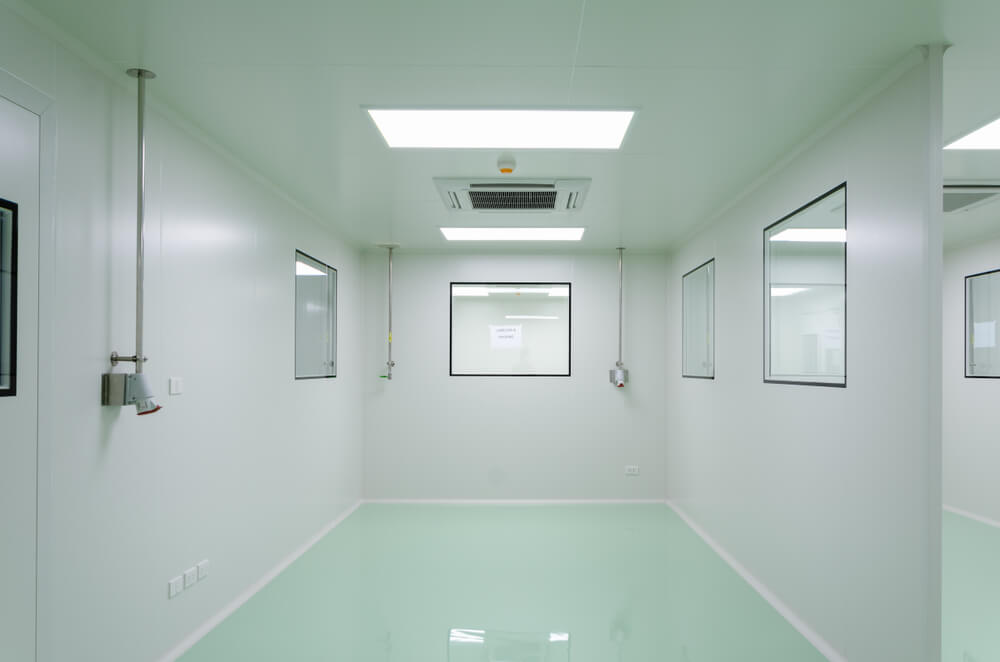
Controlled Environments
Also known as a critical environment, a controlled environment is an area in which environmental factors are regulated depending on the individual needs of the users. This means the conditions of the room will change depending on the requirements for the work undertaken there.
These are useful for conducting research or experiments where results may be impacted by the surrounding atmosphere and risk of contamination. To aid in maintaining the space, users may limit footfall in the space, wear specific protective clothing, and disinfect shoes and hands before entering.
Whilst these conditions aren’t required to adhere to specifications, factors such as temperature, air pressure, and humidity will be carefully controlled just as in a cleanroom. In turn, this helps to facilitate operations of precision machinery such as measurement or calibration CMM machines and prevent potential failures of data systems, computer components or other high tech facilities due to overheating or other temperature based failings. However, the levels of particle contamination are not measured, and the space will likely not have a specialised air filtration system.
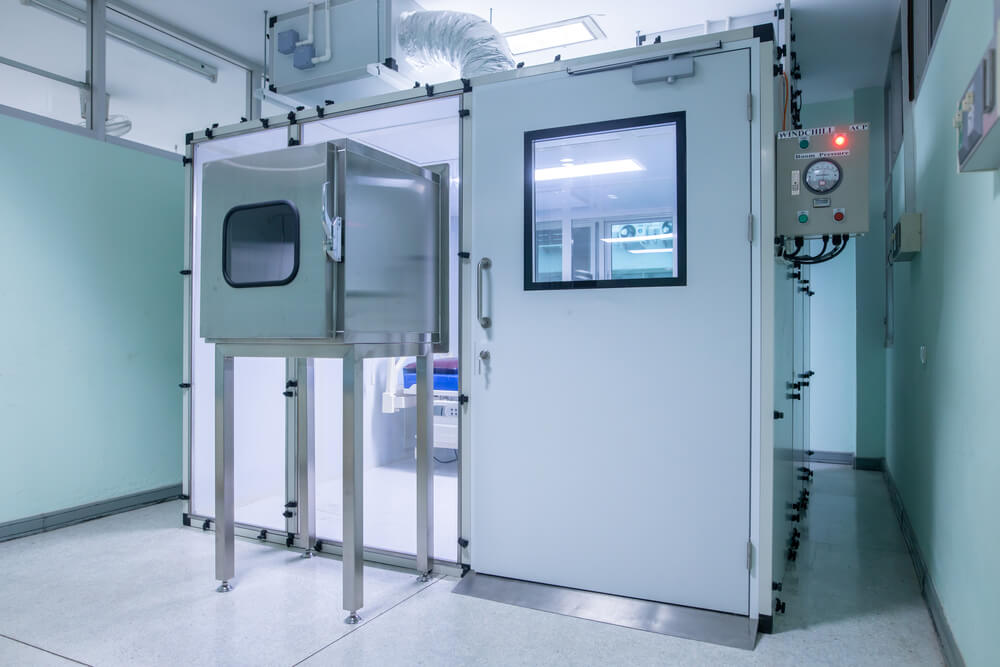
Cleanroom
A cleanroom or clean room is a facility that is used for industrial production or scientific research, including the manufacture of pharmaceutical items and microprocessors. Just like the controlled environment, cleanrooms are used to create a space tightly maintained with set environmental conditions. However, cleanrooms will typically be cleaner and with far less particle contamination. These areas must be kept entirely free from particles, pathogens, bacteria and chemicals at all times. This is due to additional air quality controls and filtration systems that regulate the size and number of particles within the area.
The requirements for controlled contamination levels are determined by the number of particles per cubic metre at specific particle sizes. This is what will determine the room’s cleanliness level.
In typical outdoor urban areas, the air will contain approximately 35,000,000 particles per cubic metre that are over the size 0.5 μm. This is mostly in the form of environmental pollutants and dust. In comparison, a cleanroom ISO 1 won’t have any.
The work carried out in cleanrooms will be dependent upon a clean environment. Equipment and material cannot come into contact with microorganisms, bacteria, mould, or dust. This is particularly the case for biotechnological processes and pharmaceutical production and testing. These processes can be threatened by contamination from room users’ shedding skin particles.
A cleanroom should be designed to create and maintain an airflow in which the entirety of the room’s air moves with controlled velocity, to reduce the turbulence which creates particle movement. Specialist HEPA and ULPA filters will need to be installed to maintain contamination control (at the very least, extremely low levels of particulates such as dust, airborne organisms and vaporised particles) and provide fresh air the occupants of the room.
Which do I need?
As a general guideline, if your work requires a maintained and stable environment that holds to a certain temperature or level of humidity, the best option is to look for a controlled environment. If you need your work to be free of all contamination and require filtration for sterile production, choose to install a cleanroom.
A controlled environment is considered to be anything above an ISO 8 class, anything below will be a cleanroom. This should be taken into account if your project has a cleanliness requirement.
If you are still uncertain on your personal environmental requirements, you can contact Total Environmental Kooling here to talk to an informed and professional control room operator.
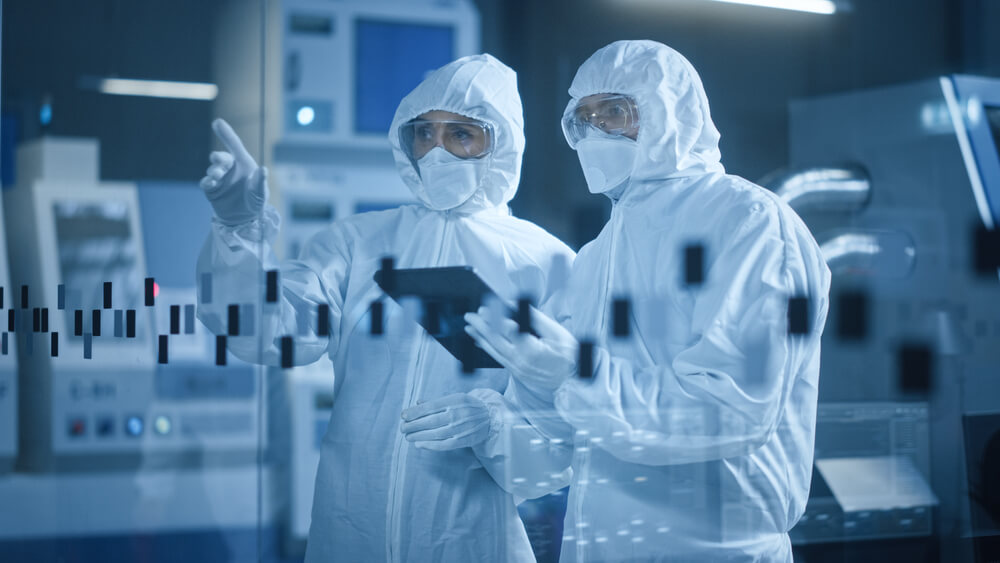
How to install a Cleanroom or Controlled Environment
Both of these types of facilities require highly skilled installations that feature complex processes using highly specialised materials and equipment.
A cleanroom will need to be designed to achieve and maintain an airflow in which the entire body of air moves with uniform velocity, to reduce the turbulence that leads to particle movement. HEPA filters will need to be installed to maintain contamination control and provide fresh air the rooms occupants.
Controlled environment installations require precision engineered and carefully designed systems to continually control temperature and humidity in order to keep them within the optimum range for the type of processes being carried out there.
Because both environments require painstakingly accurate design and planning, it is essential that only highly knowledgable, expert engineers work on the installation of the same.
How to choose a cleanroom
When deliberating on a cleanroom, there are some important factors you should consider.
- Determine your expenses. Use of the room comes with running costs following the initial installation and will require additional equipment to maintain. Cleanrooms can be adapted or expanded to fit a certain budget.
- Choose an appropriate ventilation system. This can be dependent on the size and dimensions of the space, but they are a significant feature in controlling air’s temperature and humidity so should be chosen carefully for your room.
- Define your working requirements. The activities you undertake in the cleanroom can determine the size and level of cleanliness required. For example, the storage of micro electrical components can be heavily impacted by air-borne particles.
- Pay attention to the cleanroom’s users. Your space should be large enough to keep movement easy, but not too large to control. All persons using the room should also be trained in maintaining the environment. PPC can ensure they aren’t at risk of contaminating the space.
How Total Environmental Kooling can build your ideal cleanroom
Total Environmental Kooling design and install a full range of specialised close control rooms, cleanrooms, thermal rooms and CMM Rooms for engineering, quality control, manufacturing and other applications. We can modify and improve existing rooms or build entirely new rooms depending on client requirements.
With over 20 years of experience, we are experts in this field. Our experts hold CSCS Skill Cards and F-Gas certifications, and our group is SafeContractor, BESA, REFCOM Elite and FSB registered.
Please call us to discuss your specifications and for further information on the projects that we have carried out or have a look at our specialist room FAQs. It’s important to understand which parameters you need to control within your business to get the right bespoke room for your needs. Speak to our team today on 0117 952 3355 or through our contact form to find out more today.


